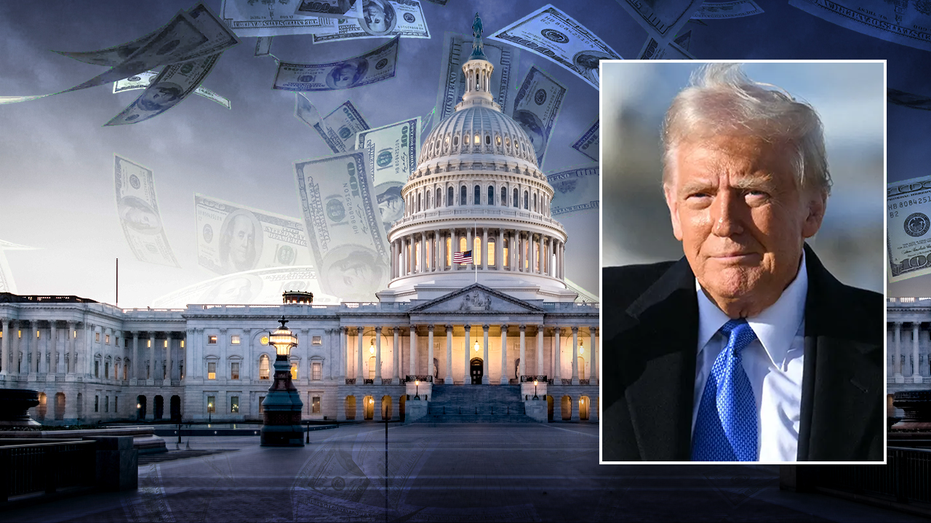The persistent ascent of the wealthiest segments of society appears to be an unyielding force, a trend that even significant shifts in fiscal frameworks, such as former President Donald Trump’s highly debated “One Big Beautiful Bill,” seem unable to fundamentally alter. While critics widely decried this legislation as an unprecedented giveaway to the nation’s richest, a closer examination, particularly through the lens of Congressional Budget Office (CBO) projections, reveals a more intricate picture regarding its actual impact on economic policy and wealth disparity.
Indeed, the analysis of the Trump tax bill unequivocally demonstrates a devastating impact on the nation’s lowest-income households. Provisions within the economic policy were designed in ways that disproportionately burdened those least able to bear additional financial strain, exacerbating existing inequalities and pushing vulnerable populations further to the margins. This outcome aligns with many initial concerns that the legislation would broaden the gap between the affluent and the impoverished.
However, the narrative becomes surprisingly nuanced when considering the majority of affluent families—specifically, the top-earning 10 percent of households, often referred to as the “merely rich.” Contrary to the broad perception of massive gains, CBO data indicates that the benefits for these affluent families were, in fact, surprisingly modest. This challenges the simplified contention that the entire bill constituted a blanket enrichment for everyone within the broader “rich” category, underscoring the subtle distinctions within wealth accumulation trends.
This paradox suggests that the underlying mechanisms driving the relentless rise of the richest may transcend the immediate effects of specific legislative interventions. Factors such as capital gains, global market dynamics, and the inherent structure of the modern economy often contribute more significantly to extreme wealth concentration than even sweeping tax reforms. The wealth disparity observed at the very apex of the income ladder seems to be a product of deep-seated systemic advantages, rather than solely dependent on incremental changes in the tax code.
Understanding the true influence of economic policy on wealth accumulation necessitates looking beyond the superficial. The complexity of tax policy’s influence on wealth concentration is profound, requiring a deeper understanding of economic dynamics that extend beyond the direct fiscal impacts of a Trump tax bill. It implies that addressing persistent wealth accumulation at the very top requires a more comprehensive approach that considers structural issues rather than just adjustments to tax rates.
Ultimately, while the “One Big Beautiful Bill” certainly delivered significant advantages to certain ultra-wealthy individuals and corporations, its broader effect on the overall upward trajectory of the richest, particularly the merely affluent, was less pronounced than often assumed. This persistent trend highlights that even sky-high income tax rates or comprehensive tax overhauls may not be sufficient to curb the seemingly relentless rise of the super-rich, signaling the need for a more granular and sophisticated debate on wealth disparity and its intricate causes.
Discover more from The Time News
Subscribe to get the latest posts sent to your email.



